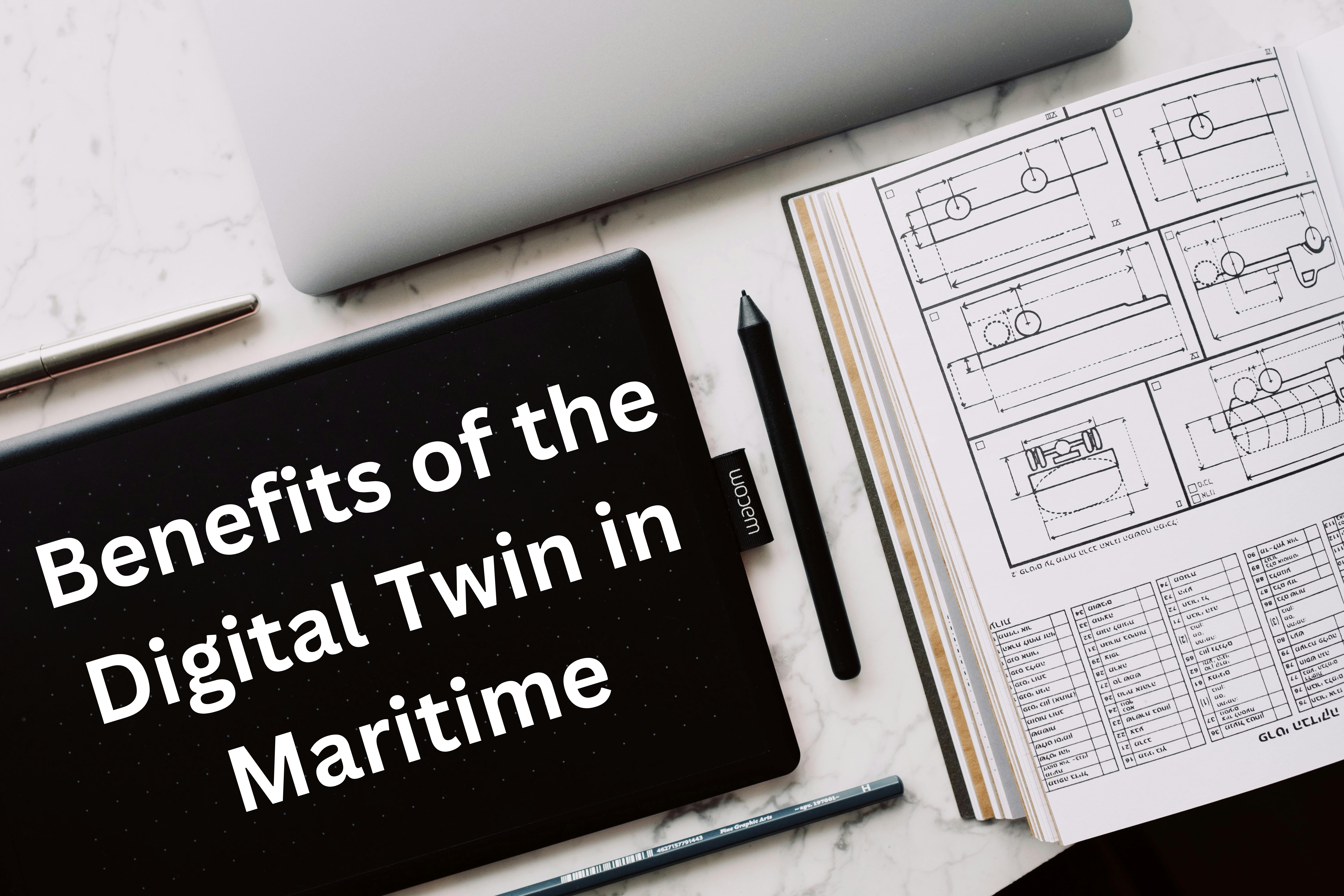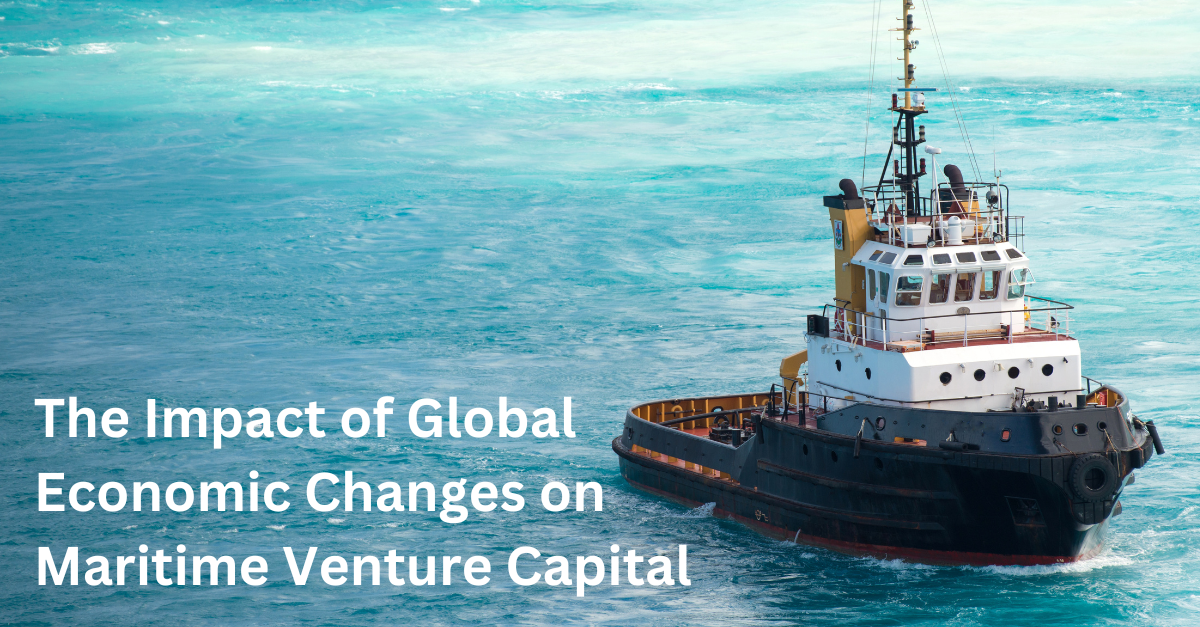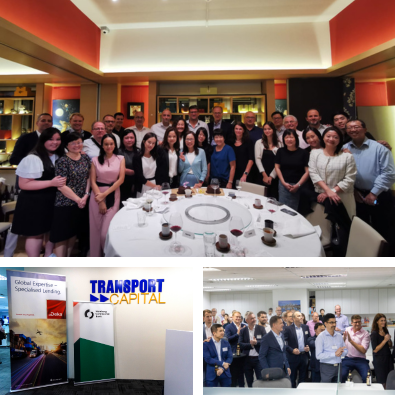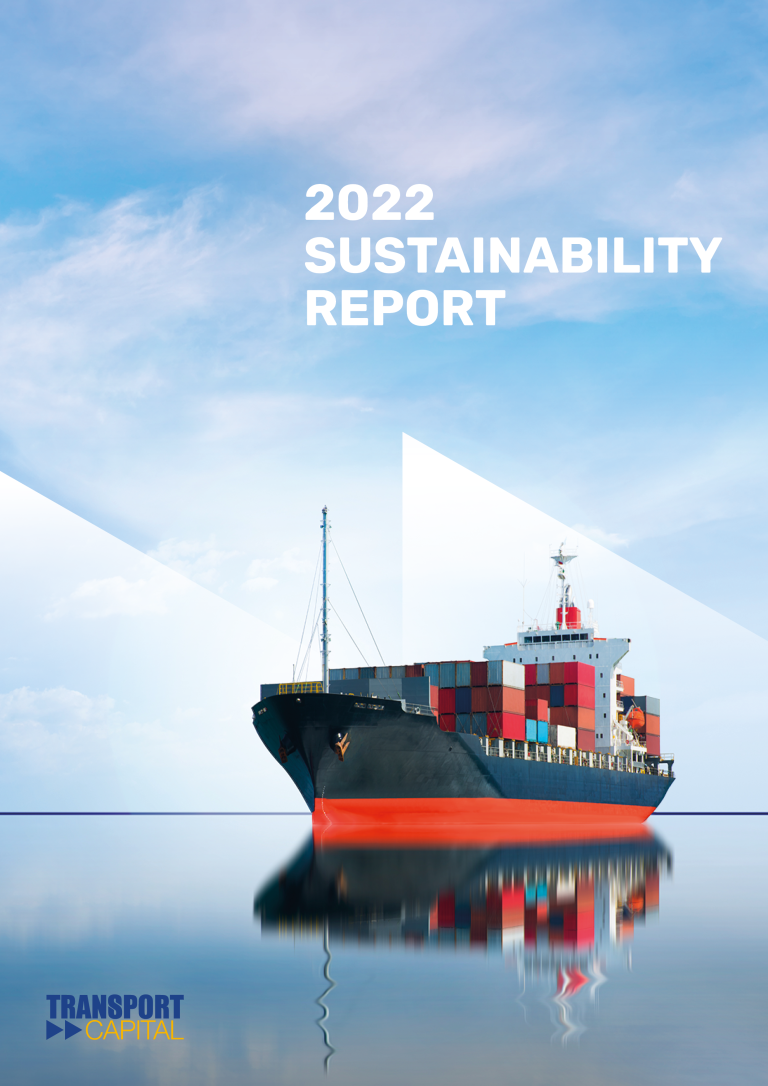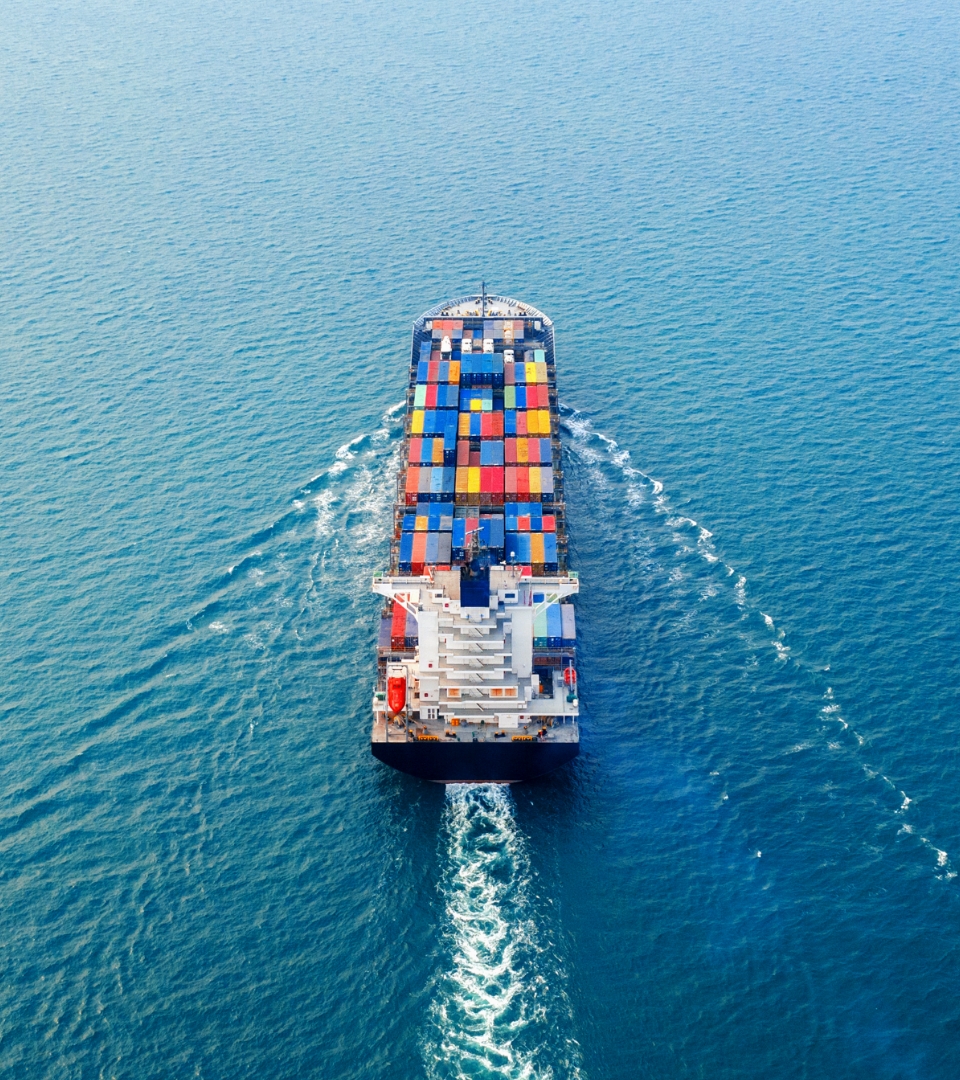Environmental Sustainability
The maritime industry is experiencing a paradigm shift towards greener practices due to stringent environmental regulations and a growing global commitment to sustainability. For instance, The Maritime and Port Authority of Singapore (MPA) has mandated that by 2030, all new harbour craft in Singapore waters have to operate on low-carbon energy solutions and reduce emissions by 15% from 2021 levels. Additionally, all harbour craft must be fully-electric or running on net zero fuels by 2050.
In response to such mandates, modern ship designs are now incorporating innovative solutions to minimise their ecological footprint. Taking Singapore-based Pyxis as an example, this electric vessel startup had recently successfully raised S$4.5 million in their seed funding round. Leveraging these fresh funds, they will be accelerating the electrification technology and scaling up their various lines of electric harbour crafts in their mission to drive sustainable change within the industry.
Sharing his insights, Tommy Phun, Founder of Pyxis, said: “The industry’s pivot towards sustainability has led to the restructuring and transformation of the coastal maritime sector. Being green is no longer merely a good-to-have; it is rapidly becoming a fundamental qualifier for companies to maintain their relevance and continue operating.”
“We view this shift as a global reset, presenting new opportunities for innovation in the realms of decarbonisation and digitalisation. We design our vessels from the ground up with electrification as the cornerstone, enabling us to create hull forms and digital platform systems that surpass the constraints of diesel-based propulsion,” he concluded.
Navigation Technology Integrations
The integration of cutting-edge technology into ship design is reshaping the maritime landscape. Smart ships, equipped with advanced sensor systems and artificial intelligence, enhance operational efficiency and reduce the risk of accidents.
Navigation technology has also seen significant improvements, with the implementation of satellite-based systems like the Global Navigation Satellite System (GNSS) and e-navigation solutions. These technologies not only enhance safety but also contribute to more accurate route planning, optimising fuel consumption and operational efficiency. Investors view these technological integrations as critical components of modern ship design that can influence the long-term success of a project.
Flexibility and Multi-Functionality
With shipyards across the globe investing in tooling, digital technology, and expanded facilities to remain competitive, changes in maritime mission profiles have meant that the previous model of single-purpose vessels for single mission types may no longer suffice.
Modern ship designs prioritise flexibility and multi-functionality to address diverse market demands effectively. Vessels that can adapt to various cargo types, routes, and operational requirements offer a more resilient investment proposition.
Whether for naval, commercial, scientific, merchant marine, or other use, the idea is to have a basic design of a ship which includes a large hull, with internal storage and stowage decks, weather deck stowage and additional accommodation, propulsion, internal and external structure, and crew complement, that can be “added to” by exchangeable modules.
As naval and commercial ship designers push the boundaries of what a single vessel class can achieve in the future, it compels nearly every shipbuilder to explore this adaptable market segment.
As the maritime industry continues to evolve, the synergy between innovative ship designs and prudent financing decisions will play a pivotal role in shaping the future of shipping. Investors, cognizant of the broader implications of their decisions, are increasingly steering towards projects that not only promise financial returns but also align with the evolving dynamics of the industry.
